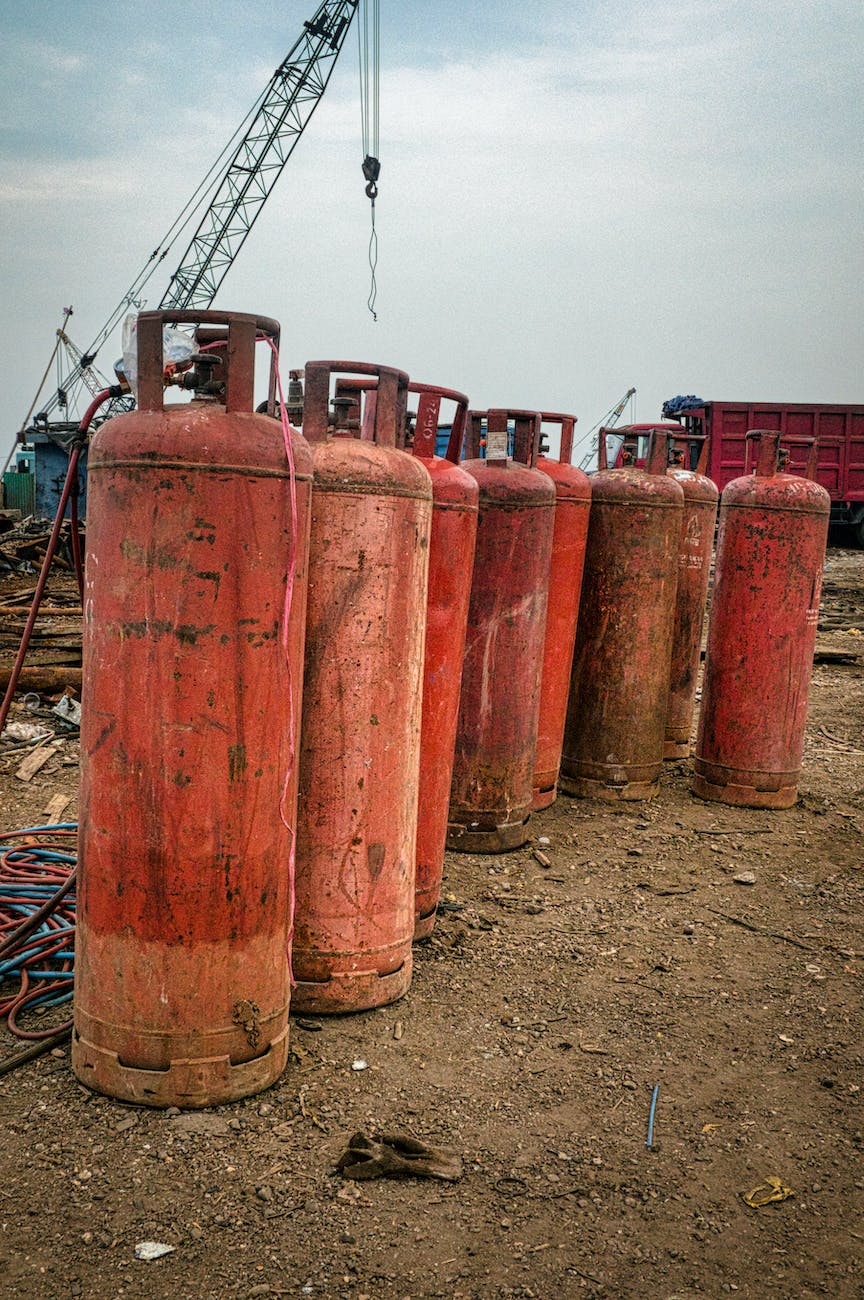
Gas Cutting Hazards and Precautions: Ensuring Safety in Welding
Gas Cutting Hazards and Precautions : In the world of metal fabrication and welding, gas cutting is a common practice used to shape and join metals. While it’s an essential technique, it comes with its own set of hazards. In this comprehensive guide, we will delve into the various aspects of gas cutting, the potential dangers it poses, and the precautions that should be taken to ensure the safety of both workers and the workplace.
Introduction to Gas Cutting
Gas cutting, also known as oxy-fuel cutting, is a widely used method in metal fabrication and welding. It involves using a combination of oxygen and a fuel gas, such as acetylene, to produce a high-temperature flame capable of melting metal. This molten metal is then blown away with a jet of oxygen, leaving behind a clean cut.
While gas cutting is an efficient technique, it’s essential to understand and mitigate the associated hazards to ensure the safety of workers and the workplace.
Common Gas Cutting Hazards
1. Fire and Explosion Risks
One of the primary hazards of gas cutting is the risk of fire and explosion. When working with oxygen and fuel gases, any spark or open flame can lead to a catastrophic fire. Additionally, the improper storage and handling of gas cylinders can exacerbate this risk.
2. Health Hazards
Gas cutting generates fumes and gases that can be harmful when inhaled. These toxic substances can lead to respiratory problems and other health issues if proper precautions are not taken.
3. Gas Leakages
Gas leaks from hoses, regulators, or cylinders can create a dangerous environment. Gas leaks are not always easily detectable, and if left unchecked, they can lead to hazardous situations.
4. Electrical Hazards
Gas cutting equipment often requires electrical components. If these components are not properly maintained or if there are electrical faults, it can result in electrical shocks or fires.
Safety Measures Before Starting Gas Cutting
Before engaging in gas cutting, it’s crucial to follow a set of safety measures to minimize risks.
1. Adequate Training and Certification
All personnel involved in gas cutting operations should receive proper training and certification. They must understand the equipment, gas properties, and safety protocols.
2. Inspection of Equipment
Regular inspection and maintenance of gas cutting equipment are essential. Any damaged or faulty components should be replaced promptly to prevent accidents.
3. Proper Ventilation
Ensure that the workspace has adequate ventilation to disperse fumes and gases. Proper airflow reduces the risk of respiratory issues for workers.
Safe Work Environment
Creating a safe work environment is paramount to preventing accidents during gas cutting operations.
1. Fire Prevention and Control
Implement fire prevention measures such as fire extinguishers and fire blankets. Workers should know how to use them effectively.
2. Personal Protective Equipment (PPE)
Provide workers with appropriate PPE, including flame-resistant clothing, safety glasses, and face shields. These items protect against burns and eye injuries.
Safe Work Practices
Incorporate safe work practices into your gas cutting routine.
1. Secure Gas Cylinders
Gas cylinders should be properly secured at all times to prevent them from falling or being knocked over, which could cause gas leaks or cylinder damage.
2. Avoiding Spark Sources
Remove any potential sources of sparks or open flames from the vicinity of gas cutting operations.
3. Proper Gas Pressure
Maintain the correct gas pressure settings on equipment to prevent overheating and potential explosions.
4. Regular Maintenance
Regularly inspect and maintain all equipment, including hoses, regulators, and torches, to ensure they are in good working condition.
Emergency Response
Prepare for emergencies by having a well-thought-out plan in place.
1. Evacuation Plans
Establish clear evacuation procedures and assembly points in case of an emergency.
2. First Aid and Medical Kits
Ensure that first aid kits and medical supplies are readily available and that personnel are trained in their use.
Legal Compliance and Regulations
Stay informed about safety regulations and standards.
1. OSHA Standards
Familiarize yourself with the Occupational Safety and Health Administration (OSHA) standards related to gas cutting and welding.
2. Local Regulations
Comply with local safety regulations and guidelines to ensure legal and safe operations.
Conclusion
Gas cutting is a valuable technique in metal fabrication, but it comes with inherent hazards. By following strict safety measures, providing adequate training, and adhering to regulations, you can minimize the risks associated with gas cutting. Prioritizing safety not only protects the well-being of workers but also contributes to a secure and productive workplace.
Formwork Hazards and Precautions
Excavation Hazards and Precautions
Electrical Hazards and Precautions
Construction Hazards and Precautions
FAQs
1. Is gas cutting suitable for all types of metals?
Gas cutting can be used for various metals, but it’s essential to choose the right fuel gas and equipment for specific materials.
2. What should I do if I suspect a gas leak during cutting?
Immediately stop cutting, shut off the gas supply, and evacuate the area. Do not attempt to locate the leak yourself.
3. Can gas cutting equipment be used outdoors?
Yes, gas cutting can be used outdoors, but additional safety precautions may be necessary due to wind and other environmental factors.
4. Are there alternatives to gas cutting for metal fabrication?
Yes, other methods like plasma cutting and laser cutting can be used as alternatives to gas cutting, depending on the project’s requirements.
5. How often should gas cutting equipment be inspected?
Gas cutting equipment should undergo regular inspections, with the frequency determined by factors like usage and manufacturer recommendations.
























